Will you say a ‘no’ to a beautiful bird photo? Definitely not! All of us are sure to love a bird photograph. With numerous breeds and alluring actions, birds’ beauty and life is ever-astonishing and most of it unexplored. A perfect bird photograph will definitely earn you the name and benefits of a Professional Photographer.
Though there are no hard-set rules for your photography techniques, which even if put forth may not be executed in the fraction of a second that your subject would pose for, we have few tips that would help you better your photography for sure.
1. Invest on the Right Gear: Though special telephoto lens and an advanced camera is not vital to shoot birds like geese and ducks that are not afraid of human, a fast DSLR camera and telephoto lenses would be very important to capture birds in the wild-life.
Any modern DSLR that can shoot at 1/2000 of a second and faster is best suitable for wild-life bird photography. With respect to lenses, 500mm or 600mm lenses with optical stabilization and teleconverters are best to be used. You may also have a camera flash extender if your subject would be in the bushes or in thick forest.
Though these are the ‘best’ suitable ones, it does not mean that you cannot have a perfect picture without these. Remember that you may outsmart any equipment with your perfect techniques.
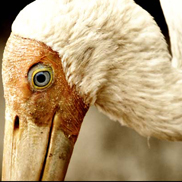
2. Set it Right: It is better you opt for a fast shutter speed, as birds will move too quickly. You can ideally set a shutter speed of about 1/800 to 1/1600. But in case where this is not possible, ensure that the shutter speed is at least the total focal length of the lens. That is, if you use a 300 mm lens, then the shutter speed should at least be 1/300.
With respect to Camera Mode, it is better to keep it on ‘Auto-ISO’, as it would adjust the ISO automatically based on the light. If this option doesn’t work better on your device, then you may opt for something like ‘Aperture Priority’.
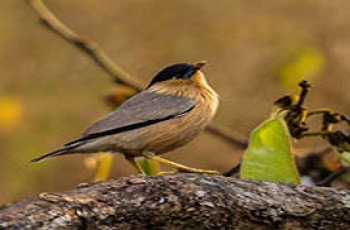
3. Pitch in at the Right Time: For capturing birds in their active pose, it is wise to look out for them in early morning or in the evening. The best time would be early morning when the birds start their day fresh and actively look out for food. Mornings and evenings are better as it’s when the light is soft, which may bring in a glow to the bird and avoid any harsh shadows on the bird.
If you wish to capture the bird in motion, then avoid cloudy days.

4. Practice with the Commoners: Many birds do not wish to see human in their sight. It is very difficult and tricky to capture such birds, which would need a level of expertise. So, build the expertise by first practising to capture common birds that don’t mind you near them.

5. Learn the ‘Abouts’: You may dream to capture a Seagull, but going to a forest in search of Seagulls would prove futile. So learn the:
· Whereabouts of the bird(s) of your choice
· Season in which they will be present in a location
· Activities and qualities of the birds
· Best technique to approach the birds
You can Google for this information and may even contact any local bird-watching clubs and groups for first-hand information.
6. Near the Bird: As you head to approach a bird, there are certain do’s and don’ts to follow.
· Never wear dark color clothes.
· Do not rush to the bird.
· Do not make any sudden movement.
· Let your mobile phone be in silent mode or switch it off.
· Do not stare at the bird.
· Do not try to make the bird react.
· Try to approach in a vehicle, as many birds are not afraid of vehicles.
7. Focus on the Eyes: Make sure your photograph focuses to the nearest eye of the bird clearly. Any other part of the bird can be blur, but not the eyes, for it brings in more life to the photograph. You may as well take the shots from the bird’s eye level, except for the ones on flight. This would help you give the audience an intimate feeling.
When the bird is on flight, you may focus on its head or chest.
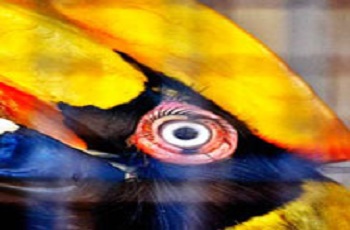
8. Compose It: Advisable composition for Birds Photography would be to follow rule of thirds, like many other type of photography. But few more important tips would be to:
· Select a smooth and complementary background, except for extreme close-up shots.
· Fill the frame.

9. Express the Habitat: Capture a photograph that conveys something about the habitat that the bird lives in. May be a bird captured in its perfect surrounding will help in this. The habitat should also be an integral part of such photographs. You may also capture in an environment to show about the weather conditions or season.
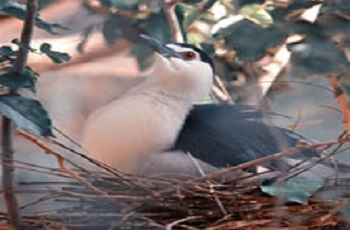
10. Set in Action: Birds are highly active and their actions convey a lot about their behaviour in a beautiful way. It would be highly rewarding to capture a bird in motion, but it is as difficult as well, because birds will be alert if they sense your presence.
To capture them in motion, you may have to patiently wait and learn to anticipate their next move. May be you have to visit the same place for few consecutive days so that the bird feels comfortable with your presence. Also, you should track the bird continuously, until your focus is locked.
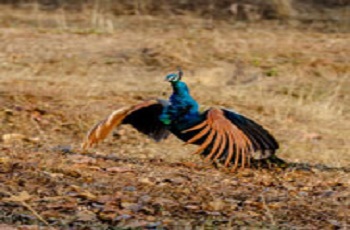
11. Never Miss a Drama: Every viewer loves to see a drama of your bird in action. So, be alert and just don’t miss any special action like hunting, feeding or chasing.

Image Courtesy: www.digitalbirdphotography.com
12. Capture the Flight: What makes the birds very special is their flight. Each bird has a different flying style and even different take-off and landing patterns. It is very important you learn these. You may then practice to shoot a flight with slow moving birds.
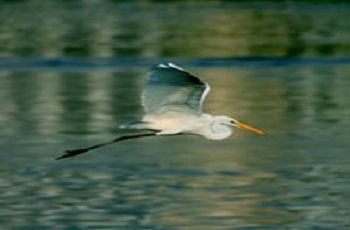
13. Keep Clicking, Crop and Process: As your subject does not sit, relax and pose for you, however alert you are, you may not click at the right moment. So, it is wise to click as many shots as possible.
Once you are away from your subject, an important work is still pending. You need to first select the best shot and crop to fill your frame, focus and convey the required. You would also have to process the photographs in tools like Adobe Lightroom and Adobe Photoshop, for best results.